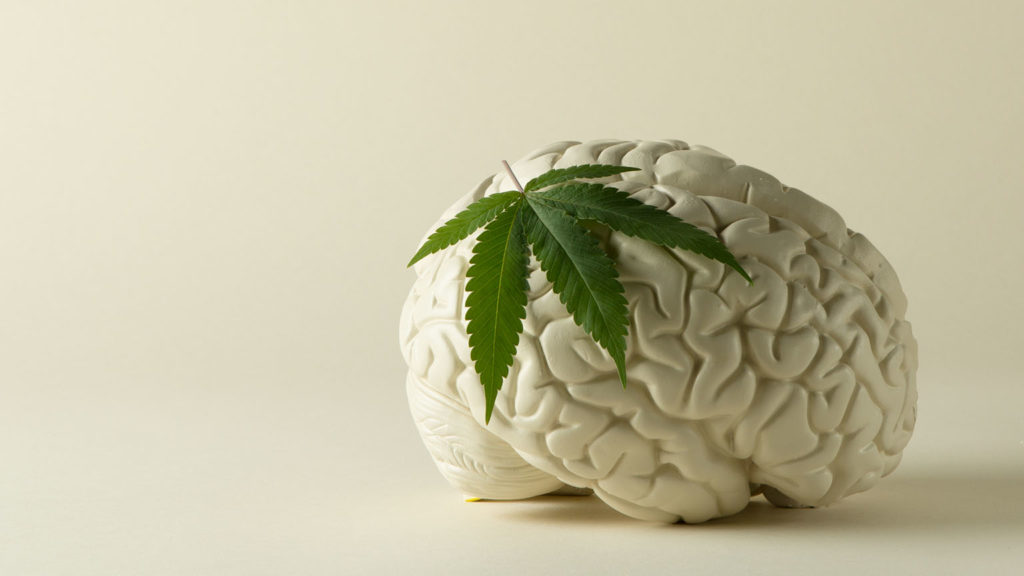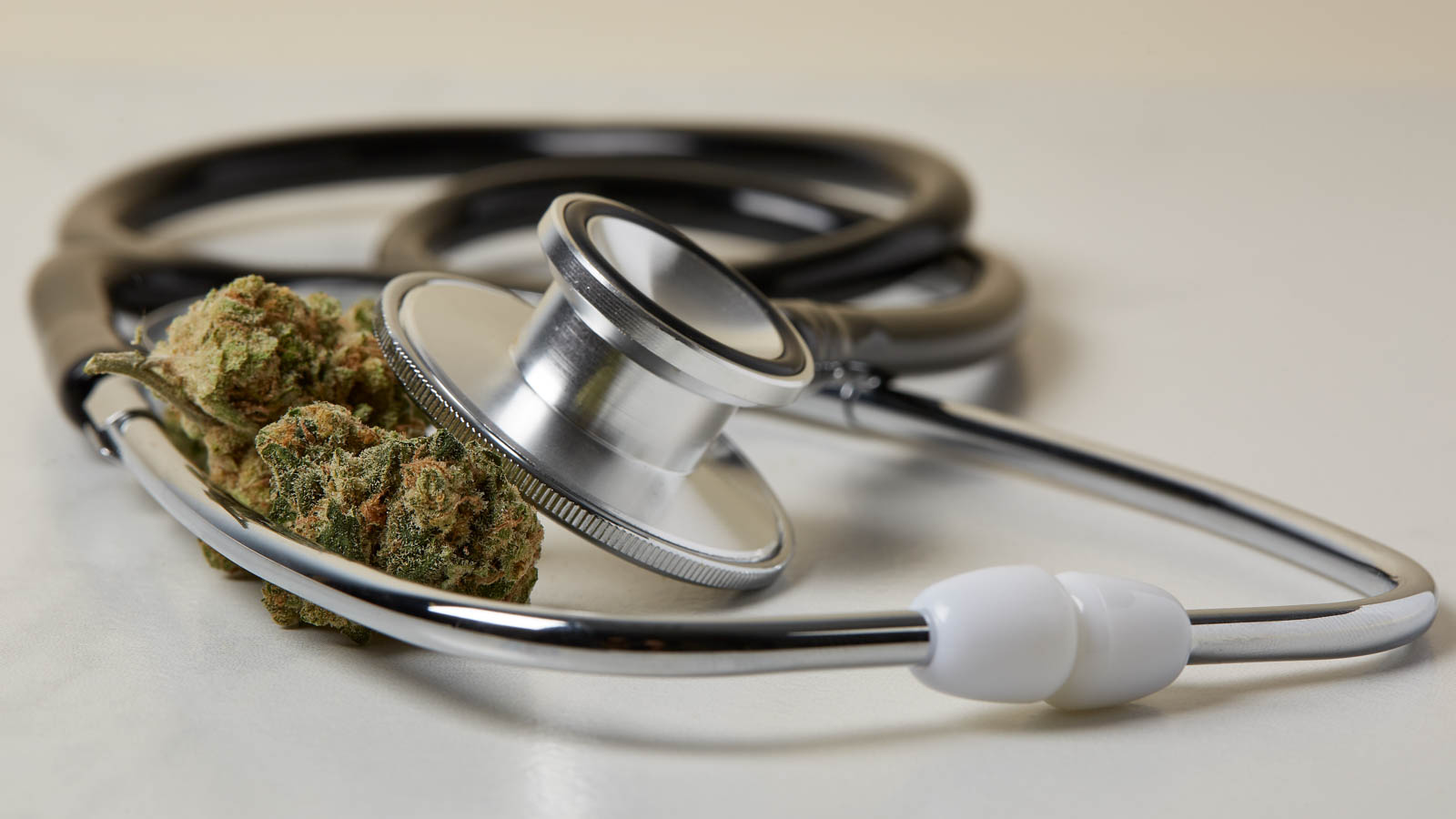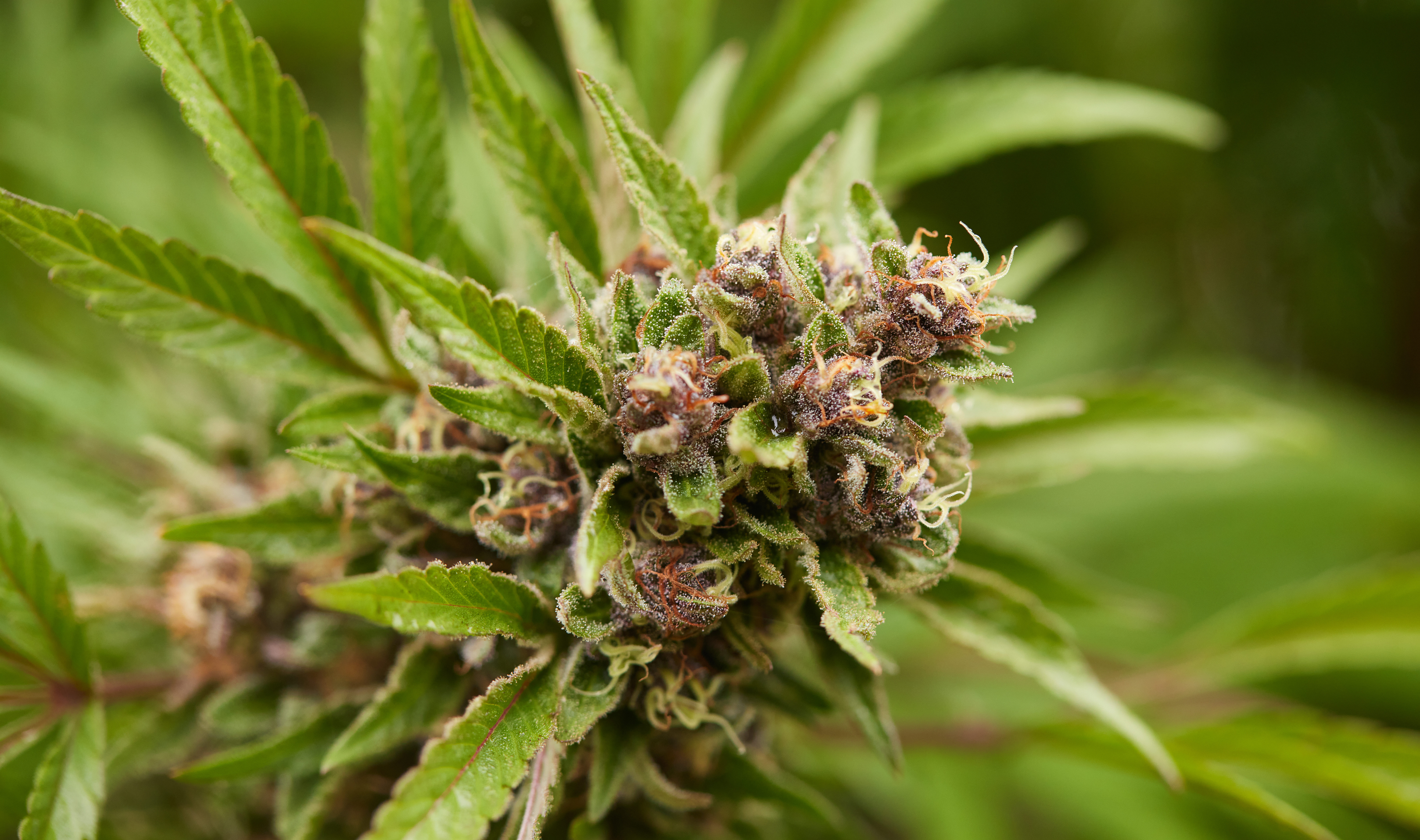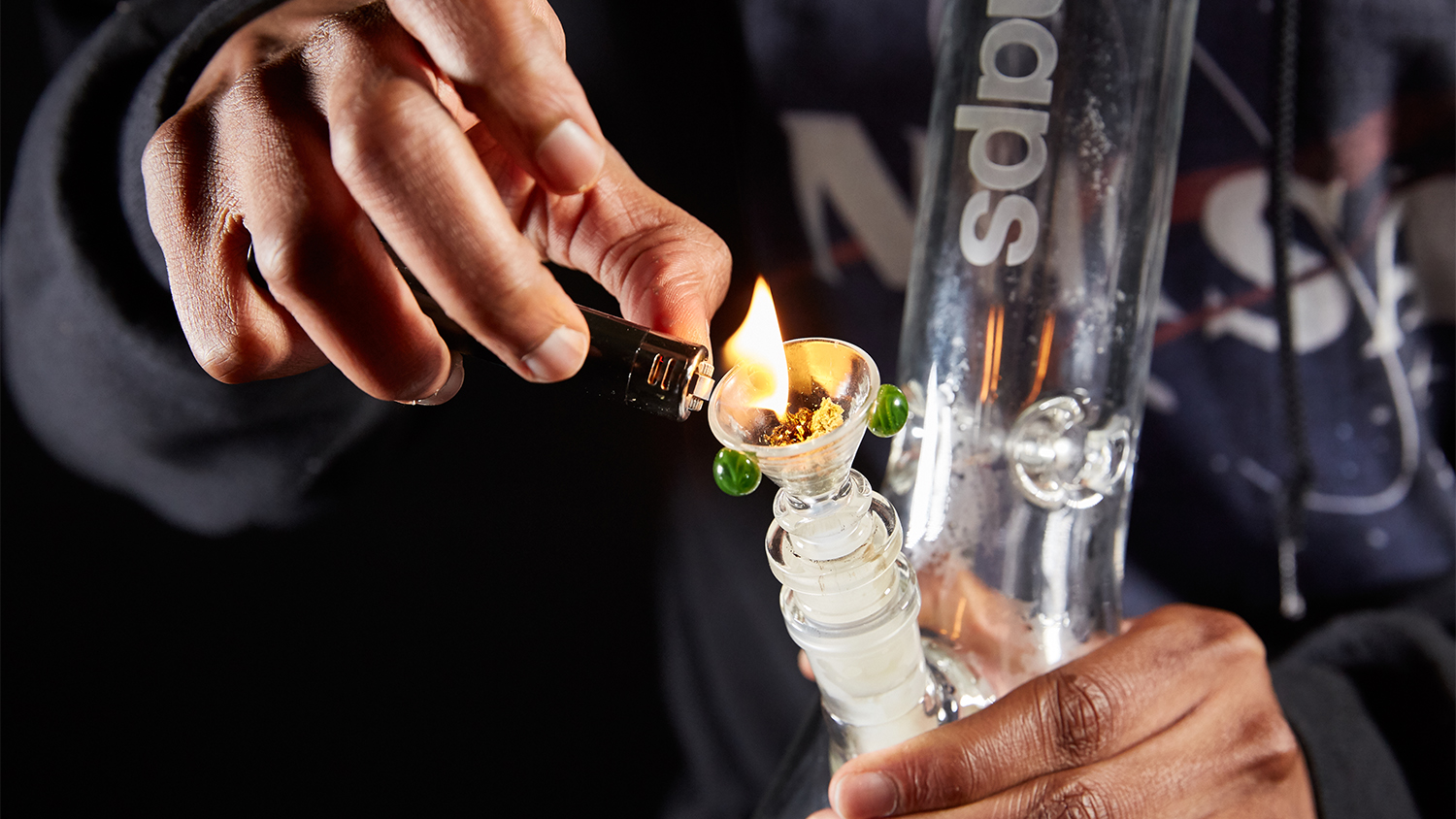- THC is one of the only plant cannabinoids that can cause people to develop tolerance.
- When THC binds to the cannabinoid receptors in the part of the brain that controls pain, the sensation of pain is decreased.
- Down-regulation of cannabinoid receptors can cause tolerance to THC, though tolerance build-up is reversible.
When consuming cannabis, do you notice that it takes a higher dose to feel the effects? It could mean you've developed a THC tolerance. Learn about the science behind cannabis tolerance and the ways you can prevent or reverse it.
What is tolerance?
Tolerance occurs when our bodies get used to a substance or medication after regular use; more is then needed to deliver the same effects as prior lower doses. Many medications and substances can cause raised tolerance, such as opioids, benzodiazepines, alcohol, and antidepressants. However, THC is one of the only plant cannabinoids in which people can develop a tolerance.
The science of THC tolerance
To understand how tolerance to THC happens, look to the endocannabinoid system. When stressed, sick, or injured, our cells make and release endocannabinoids that act like “keys.” Endocannabinoids bind to and activate cannabinoid receptors, which act like “locks” on the membrane of many of our cells. When the key (endocannabinoid) binds to the lock (cannabinoid receptor), the cell changes its message and goes into action, working to minimize damage from the stressor.
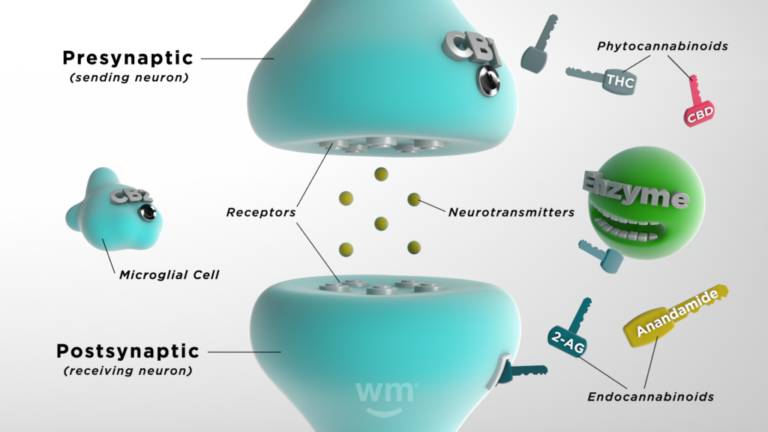 Photo by: Weedmaps
Photo by: WeedmapsImage lightbox

This system is crucial to our health and keeps us in homeostasis or balance. It's a central survival mechanism that controls essential physiological functions such as sleep, appetite, pain perception, etc.
THC and cannabinoid receptors
THC mimics endocannabinoids by binding to cannabinoid receptors and triggering the same reaction. When THC — in the right dose — binds to the cannabinoid receptors in the part of the brain that controls pain, the sensation of pain decreases. When it binds to the receptors in the part of the brain that regulates anxiety, anxiety decreases. Amazingly, cannabinoid receptors are the most widespread receptors in our brains.
Up-regulation and down-regulation of cannabinoid receptors
The number of cannabinoid receptors can change in response to what's happening around them in the brain. Scientists call the increase of cannabinoid receptors “up-regulation” and the decrease “down-regulation.”
Here's how each performs in the brain:
- Up-regulation: Occurs in times of stress, inflammation, or illness when the brain and body need help getting back into homeostasis. For example, animals that are sleep deprived show an increase in their brain cannabinoid receptors, and individuals with depression who committed suicide showed an up-regulation of their cannabinoid receptors on autopsy. These increases are considered compensatory and aim to provide more sites for endocannabinoid binding.
- Down-regulation: Occurs when there are fewer receptors available for binding. When over-activated by excessive THC, some receptors move from their location on the cell wall and “hide” within. When the receptors are internalized inside the cell, THC cannot bind or activate the receptor, resulting in fewer effects.
 Photo by: Weedmaps
Photo by: WeedmapsImage lightbox

Down-regulation is the mechanism by which tolerance to THC develops. THC use patterns, namely potency and frequency — as well as a person's unique response to THC — will determine how quickly and how much tolerance will develop.
Is tolerance to THC reversible?
THC tolerance is completely reversible — it takes a minimum of 48 hours of THC abstinence for cannabinoid receptors to reappear on the cell wall and reverse tolerance build-up. Tolerance to THC is considered “regionally selective,” meaning that one part of the brain may develop tolerance quicker or slower than another part of the brain.
How can I tell if I've developed a tolerance to cannabis?
If you notice that you need higher doses of THC to get the same effects — and the duration of effects you used to get with a lower dose — you've likely developed a tolerance.
How can you avoid or fix tolerance to THC?
By down-regulating your cannabinoid receptors with excessive THC use, you lose binding sites for THC. Your “inner cannabis” endocannabinoids have fewer receptor targets as well. This can result in increased mood issues, decreased effects for pain, and disturbed sleep. In other words, you don't want to reduce the number of cannabinoid receptors so much that you lose all of the wonderful benefits of THC.
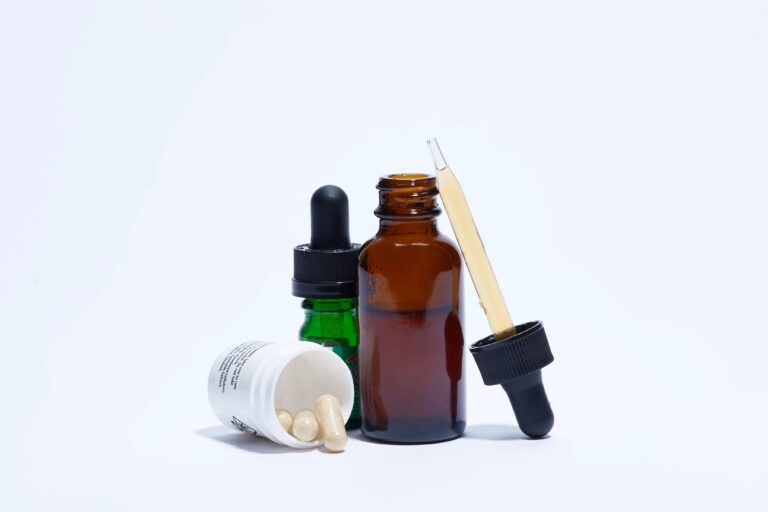 Photo by: Gina Coleman/Weedmaps
Photo by: Gina Coleman/WeedmapsImage lightbox

Luckily, you can try several strategies to avoid, minimize, or reverse THC tolerance:
- Abstinence: Take a 48-hour or longer abstinence break. It's the easiest and most effective way to reestablish THC sensitivity. Be aware that when restarting consumption of THC, especially if you take a long break, it may be significantly more potent and feel extra stony since more receptors are in action. Some people like to take 1-3 tolerance breaks per year, lasting anywhere between a few days to a month.
- CBD: One strategy is to include cannabidiol (CBD) in your daily regimen. Studies looking at a 1:1 CBD:THC plant-derived pharmaceutical tincture reported minimal development of tolerance since CBD affects how tightly THC binds to cannabinoid receptors. Additionally, you can use CBD during a tolerance break to treat any discomfort that may come up.
- Trying new strains: This strategy may not reverse tolerance completely, but it might provide better and continued efficacy due to a difference in cannabinoid and terpene makeup. Additionally, switching consumption methods, like switching from vaping to tinctures or from high potency concentrates to flower, may help minimize the development of tolerance.
This article was written and reviewed by Bonni Goldstein, MD, a physician specializing in cannabis medicine in Los Angeles, California, owner and medical director of CannaCenters, and medical advisor to Weedmaps.com. | Featured image by Gina Coleman/Weedmaps

